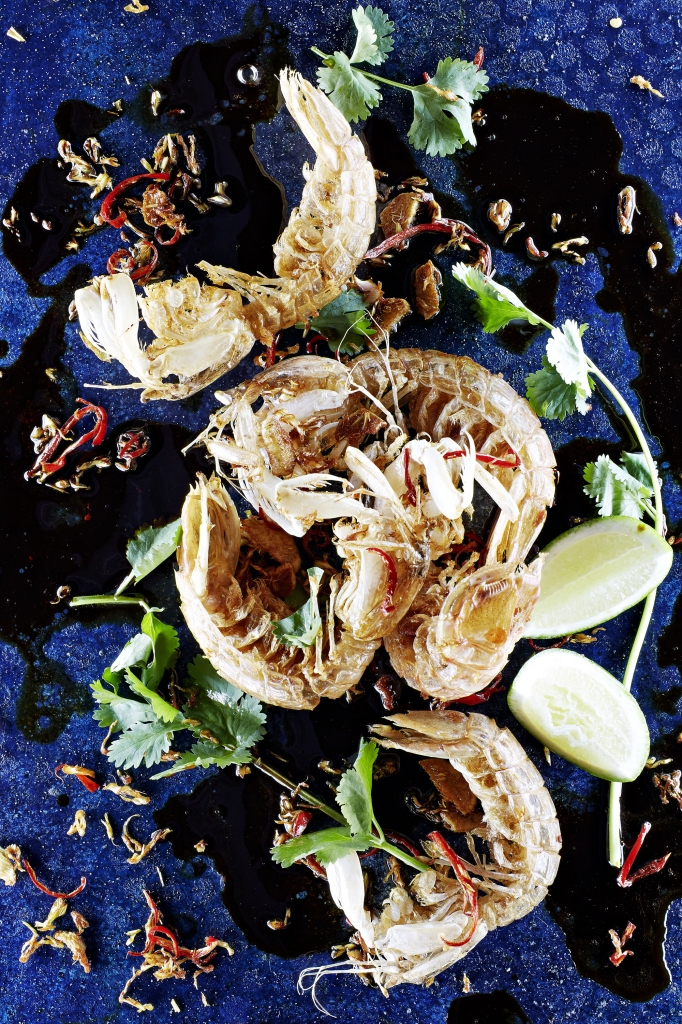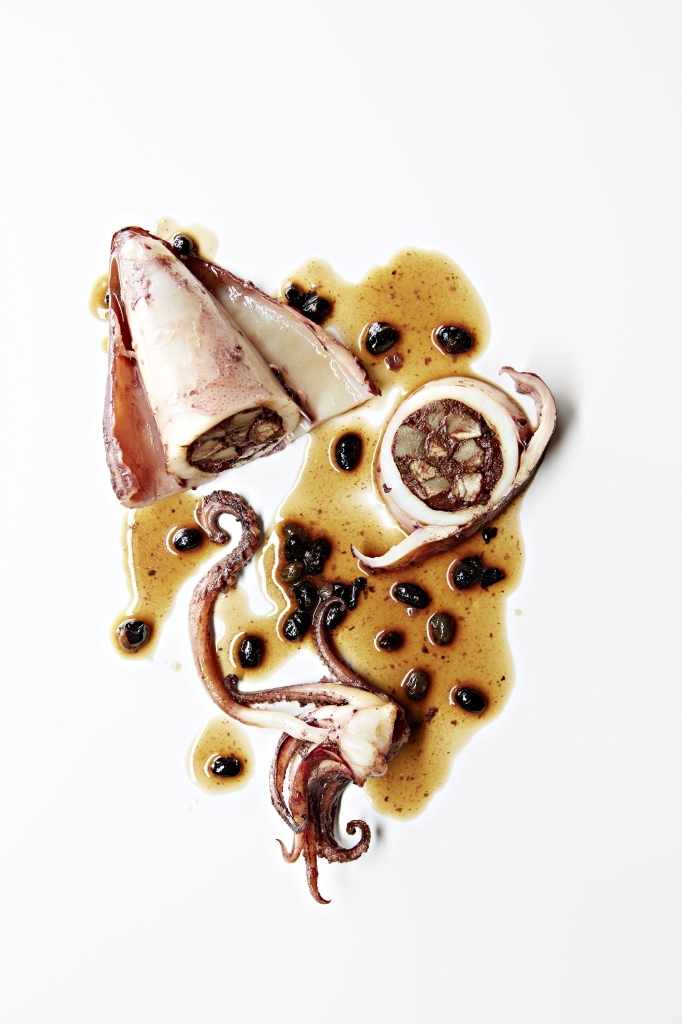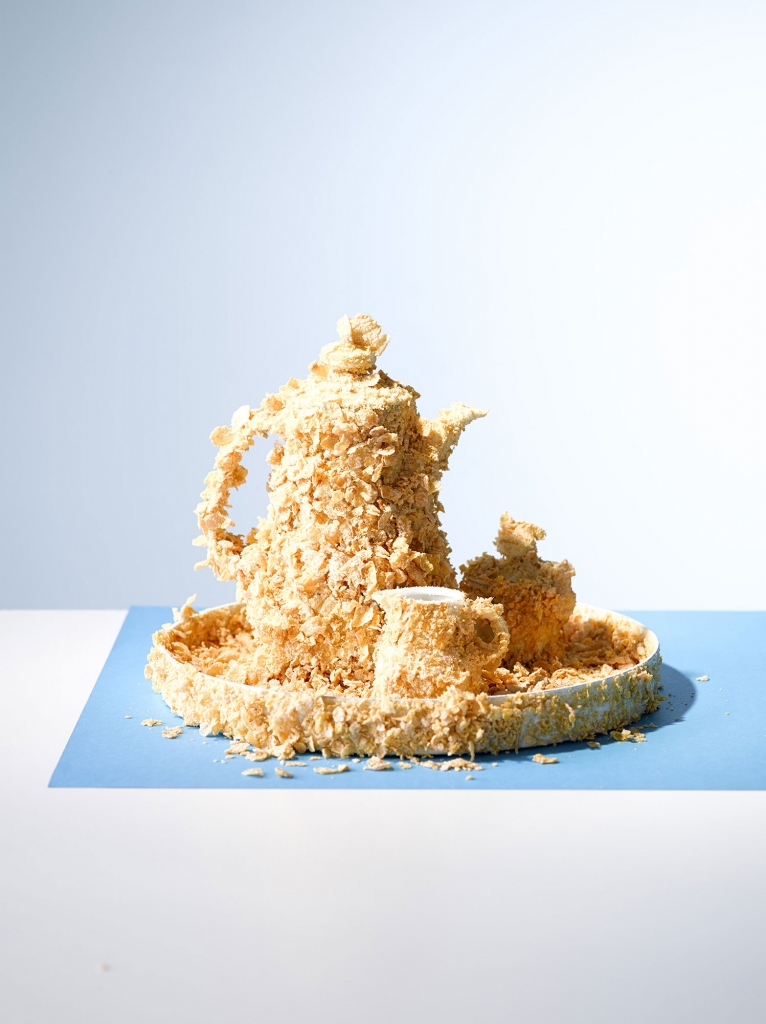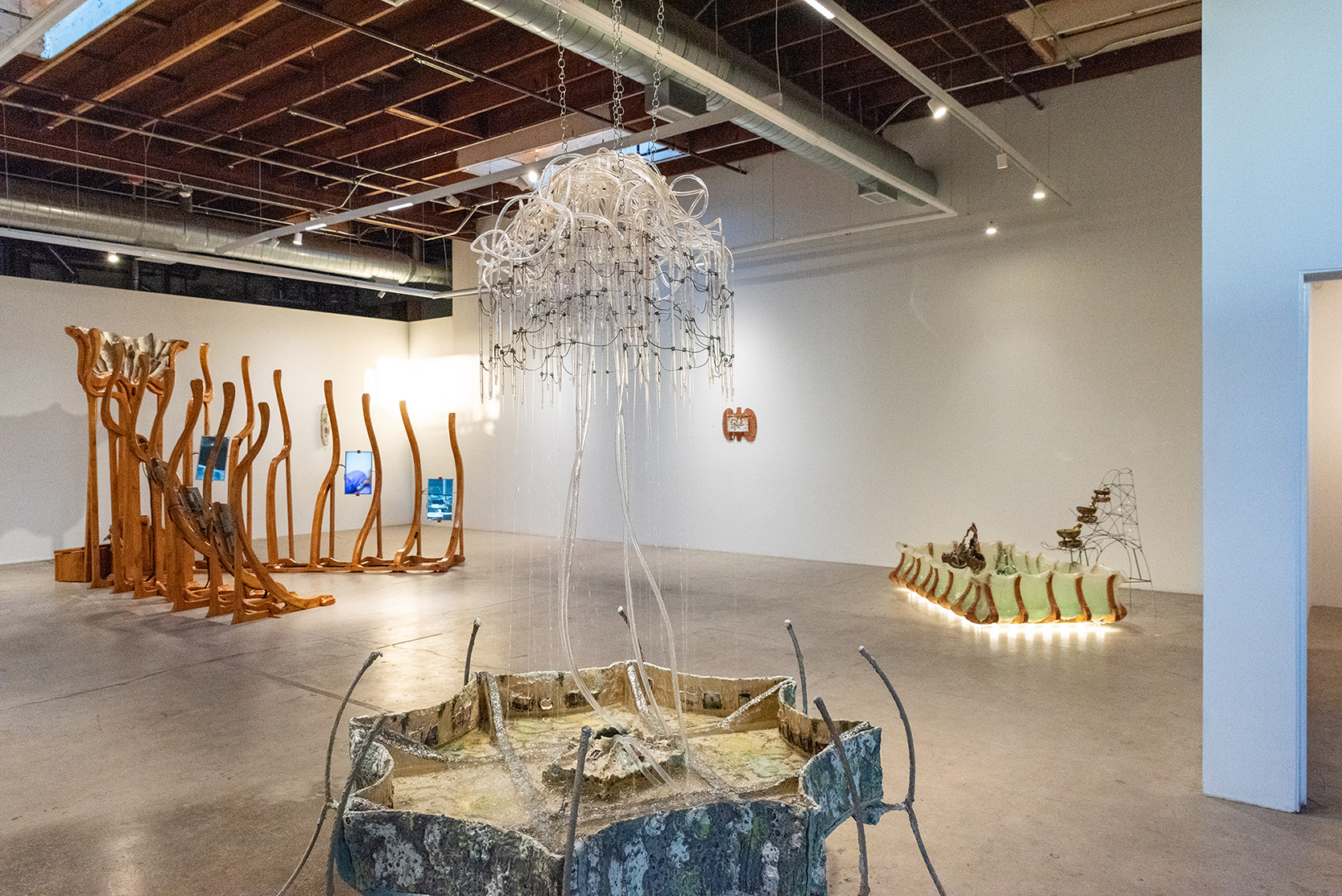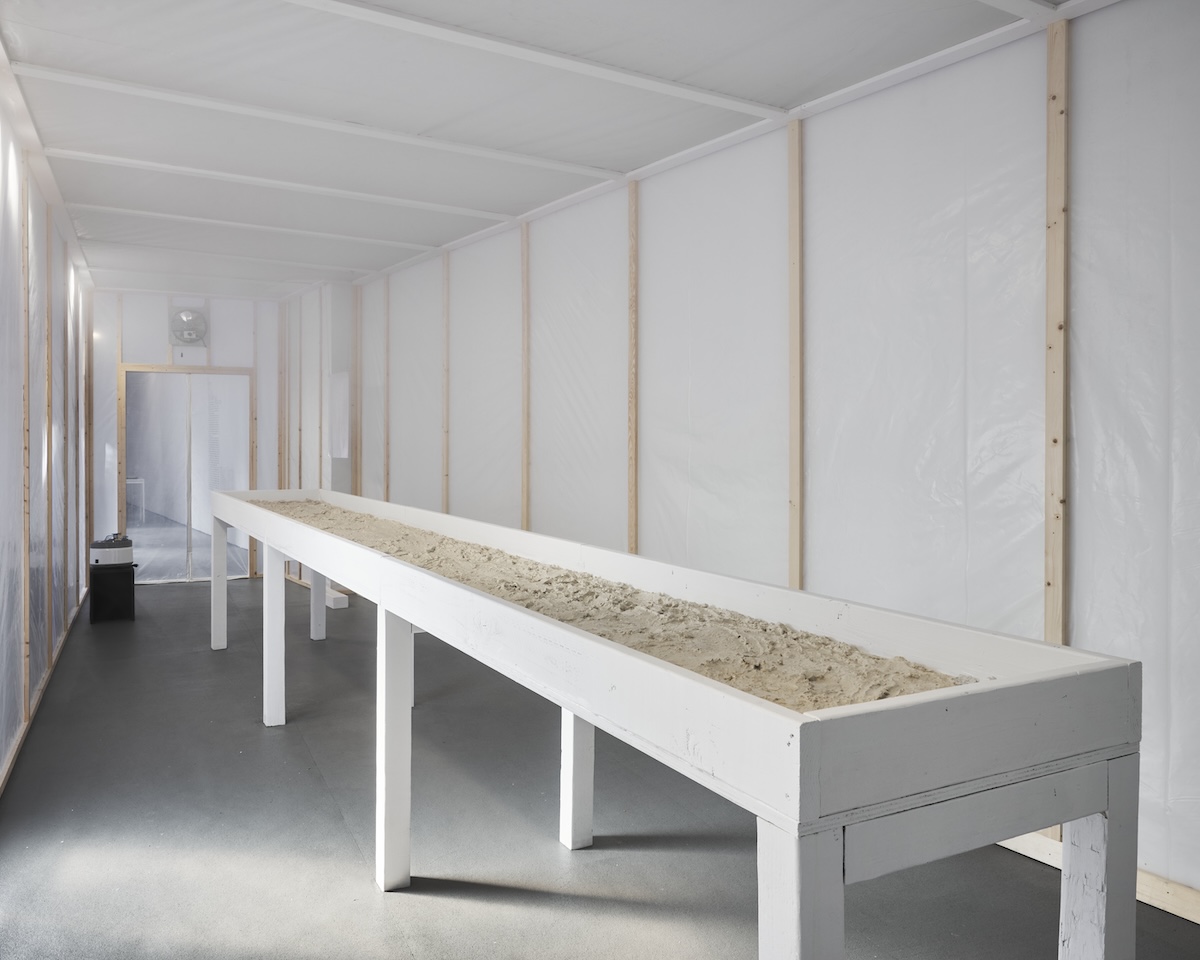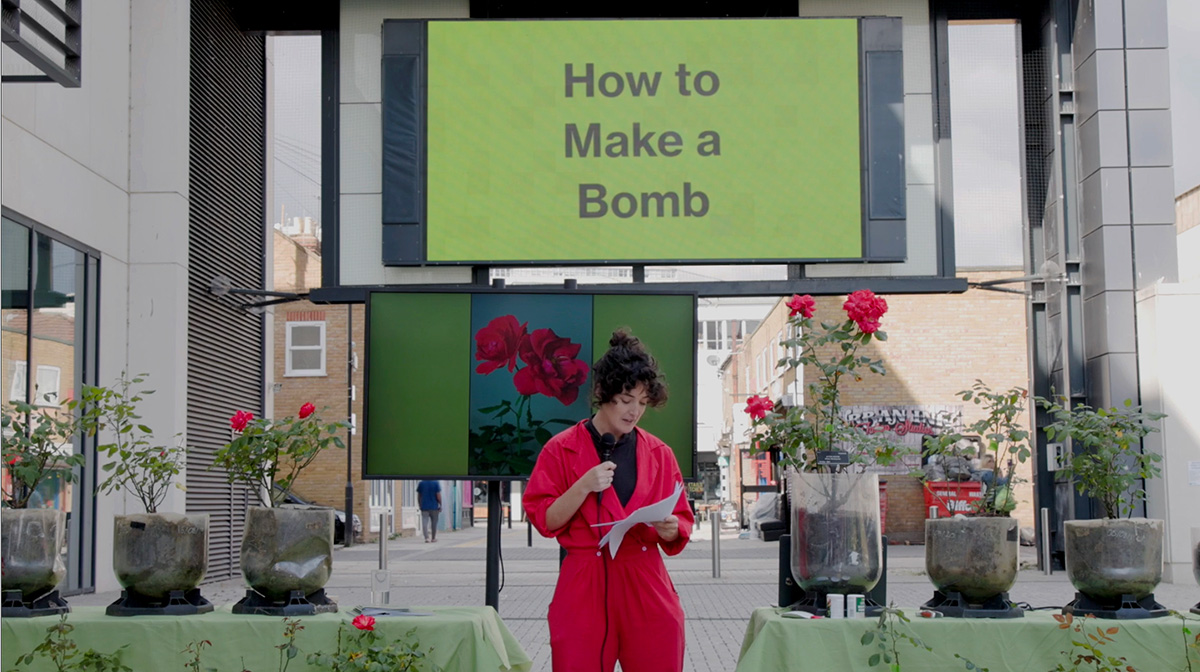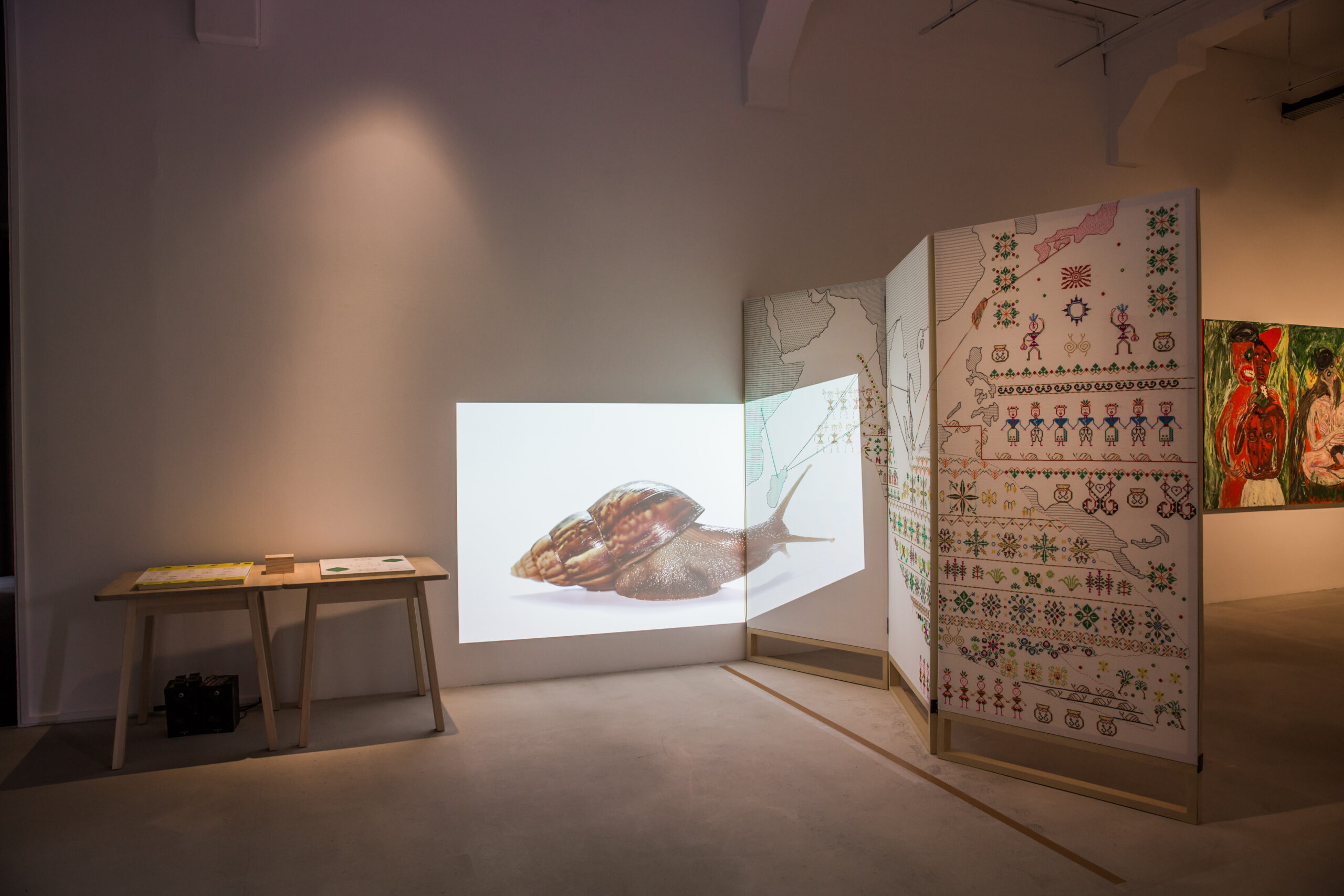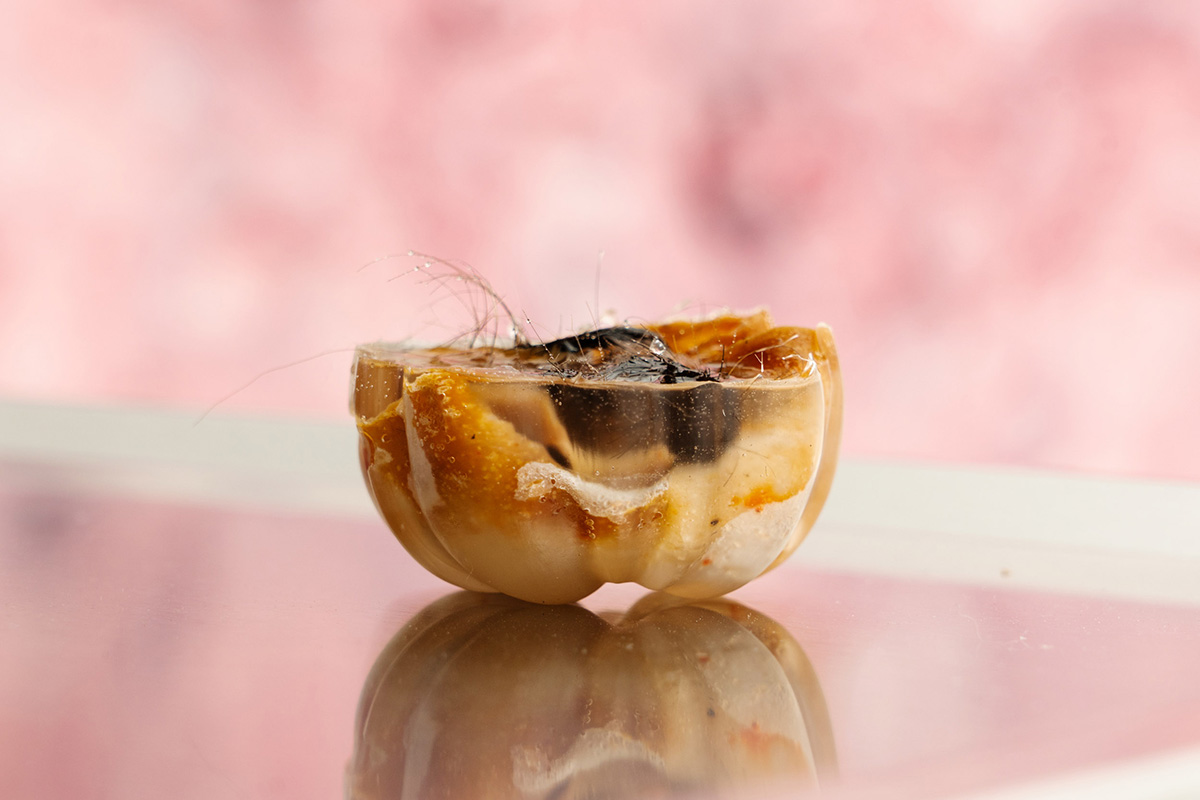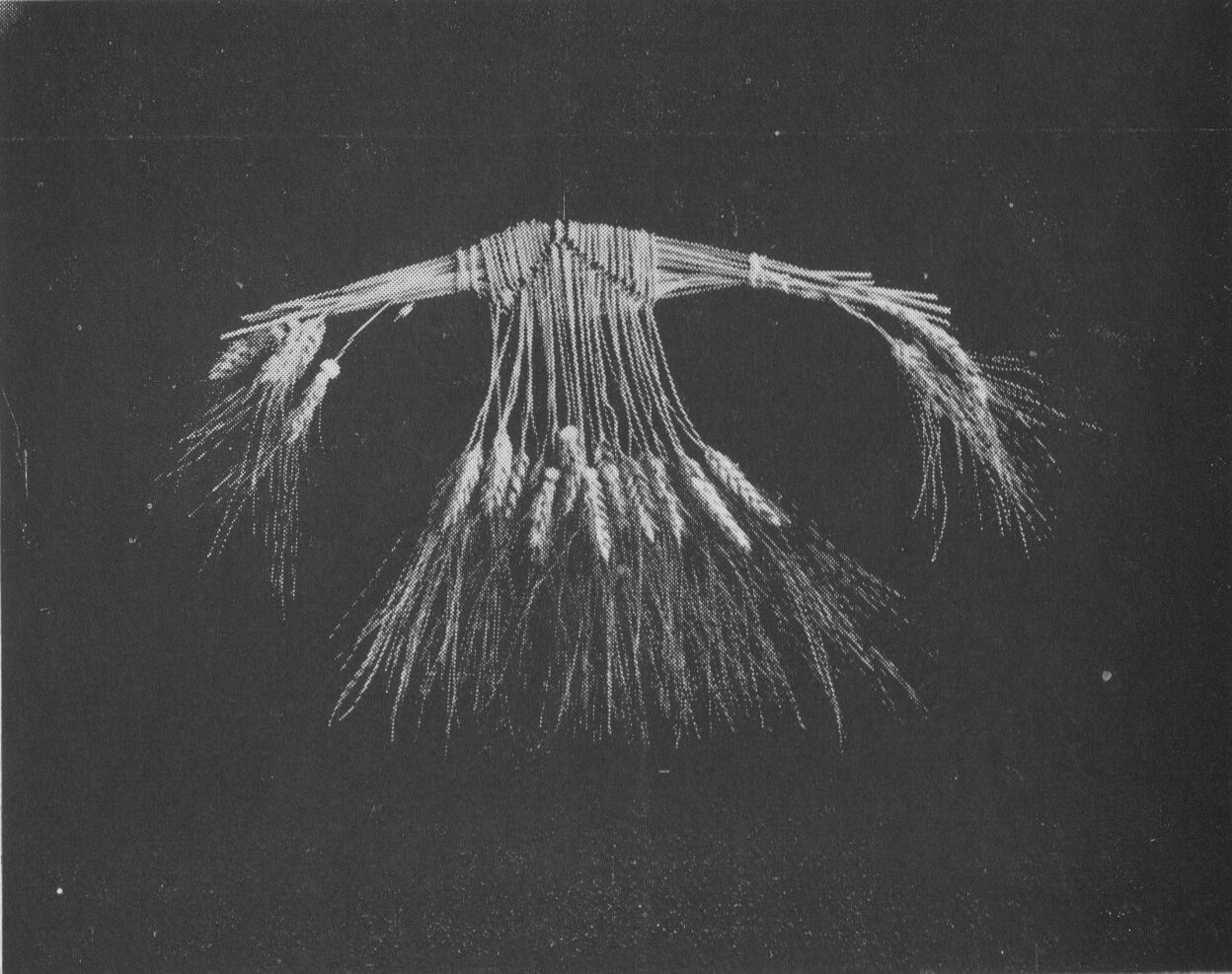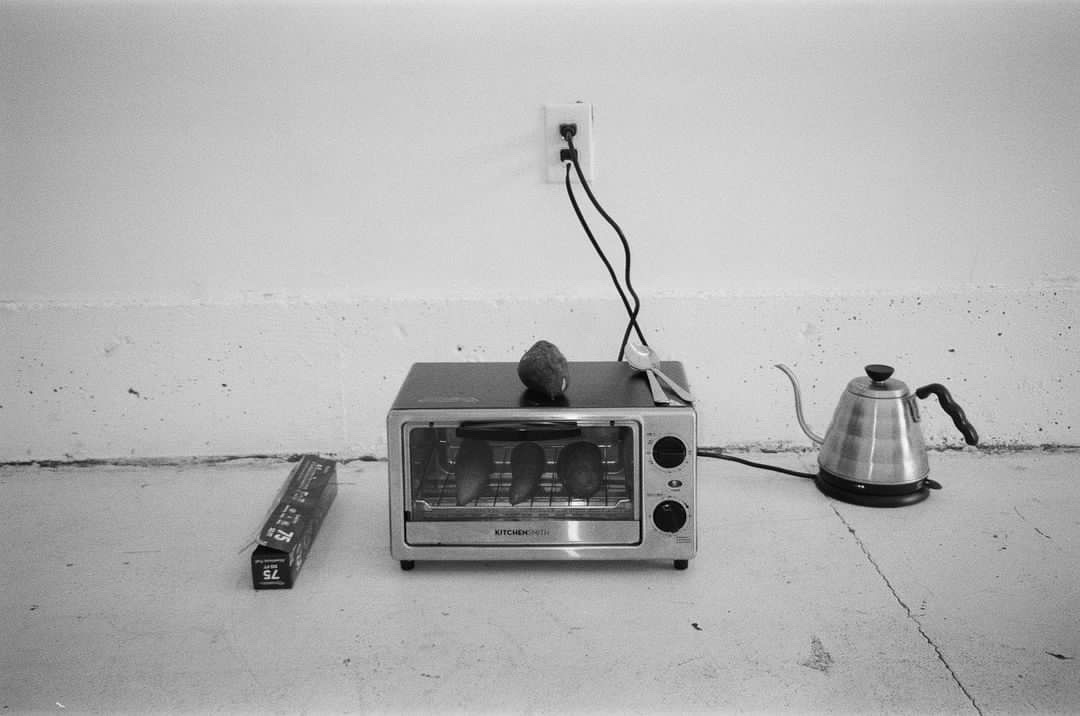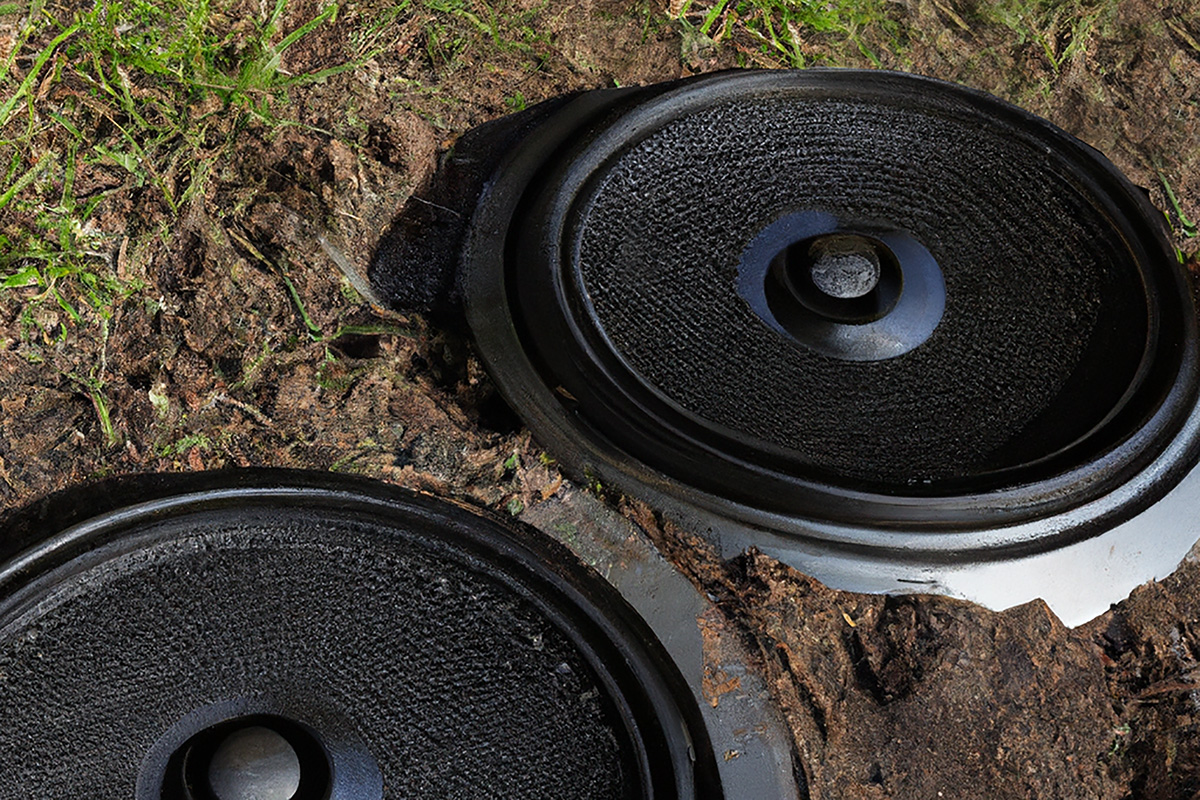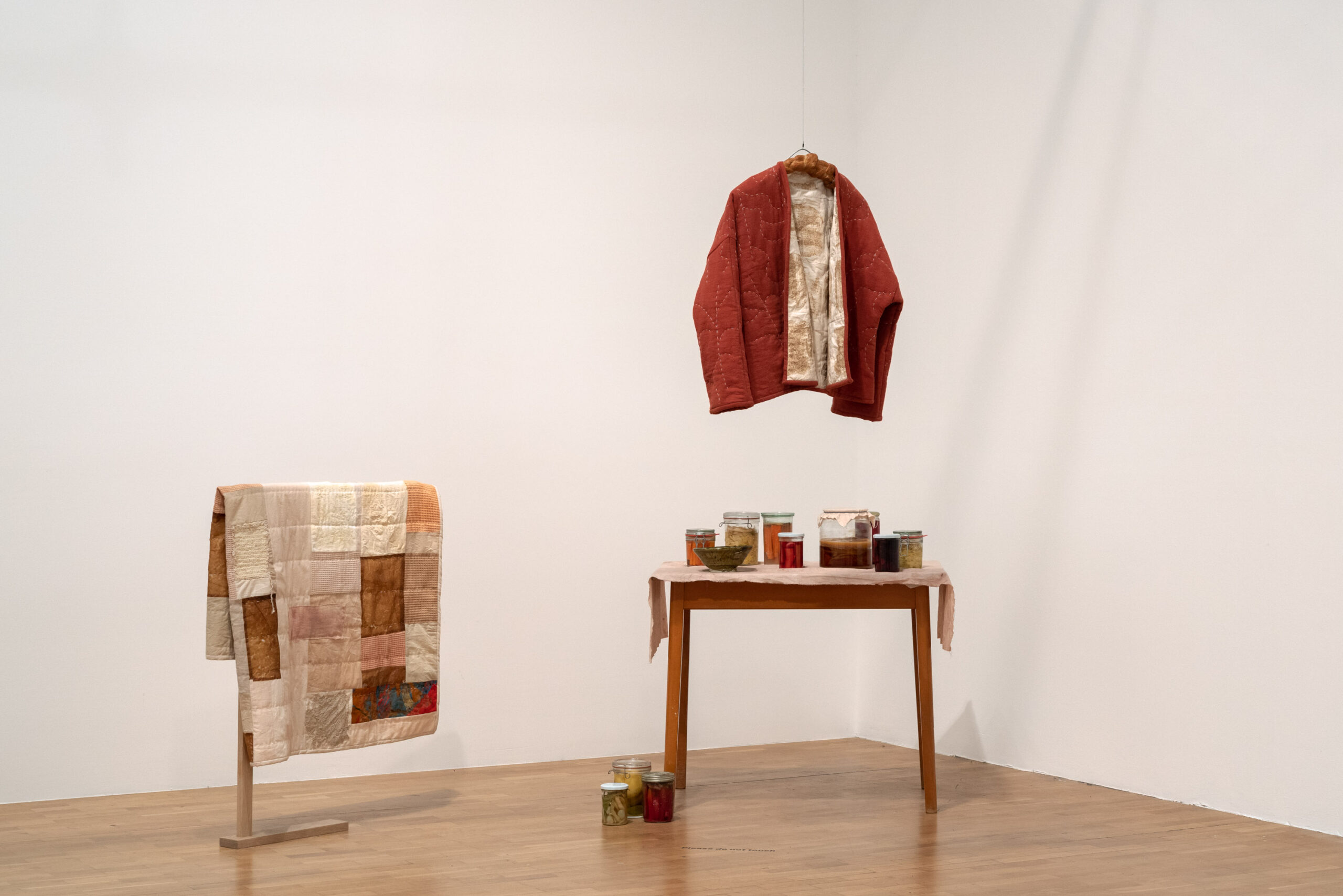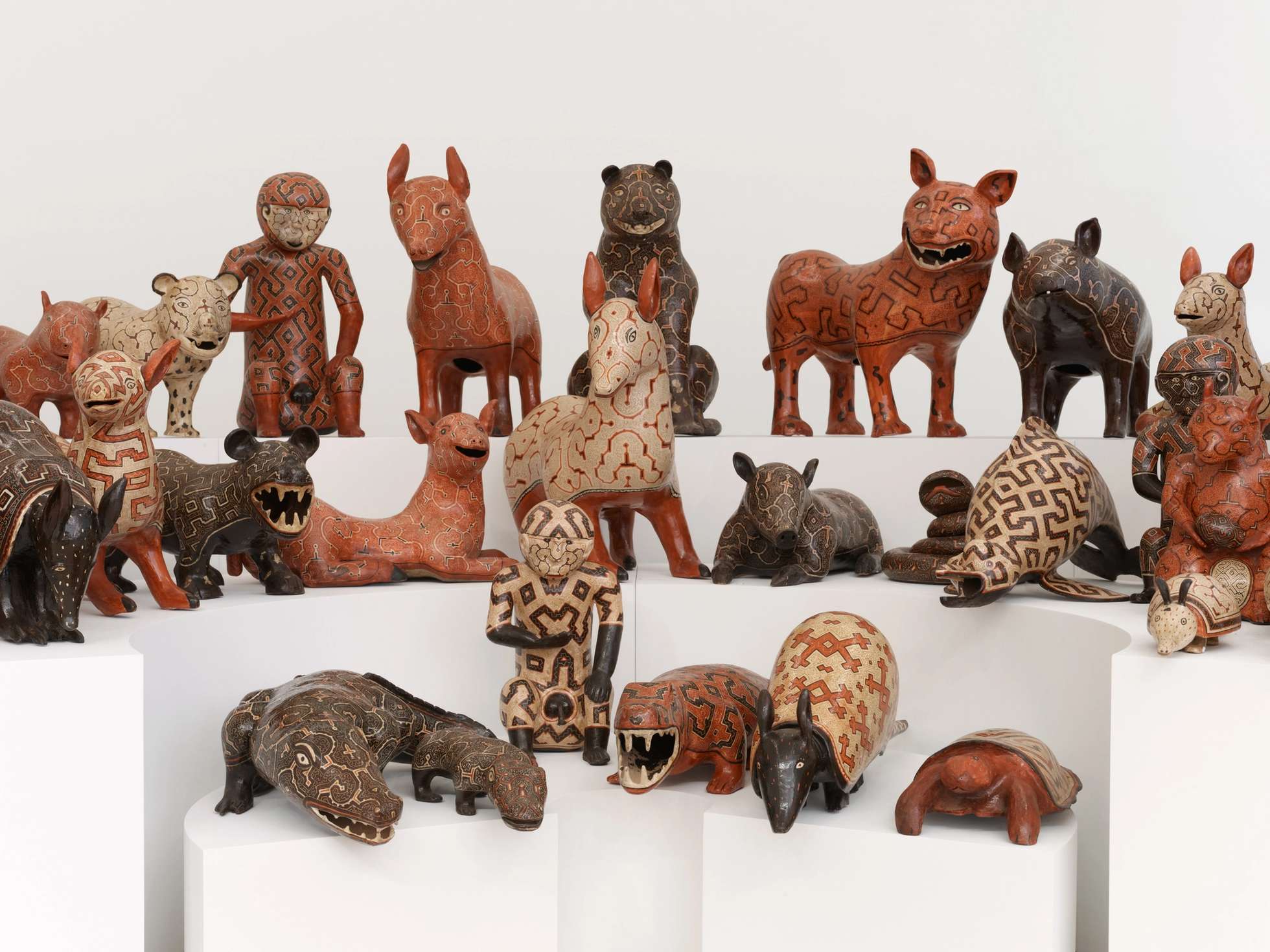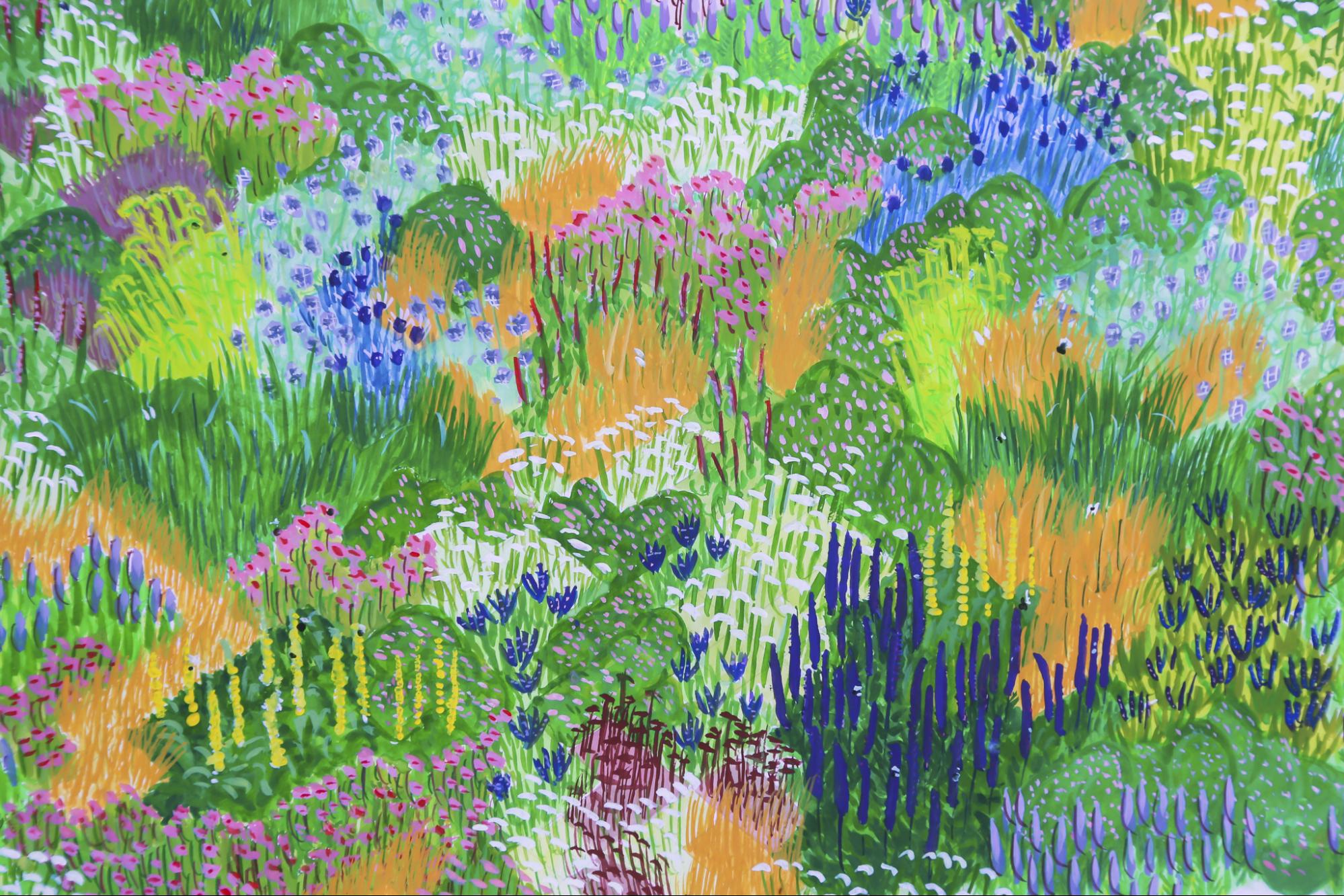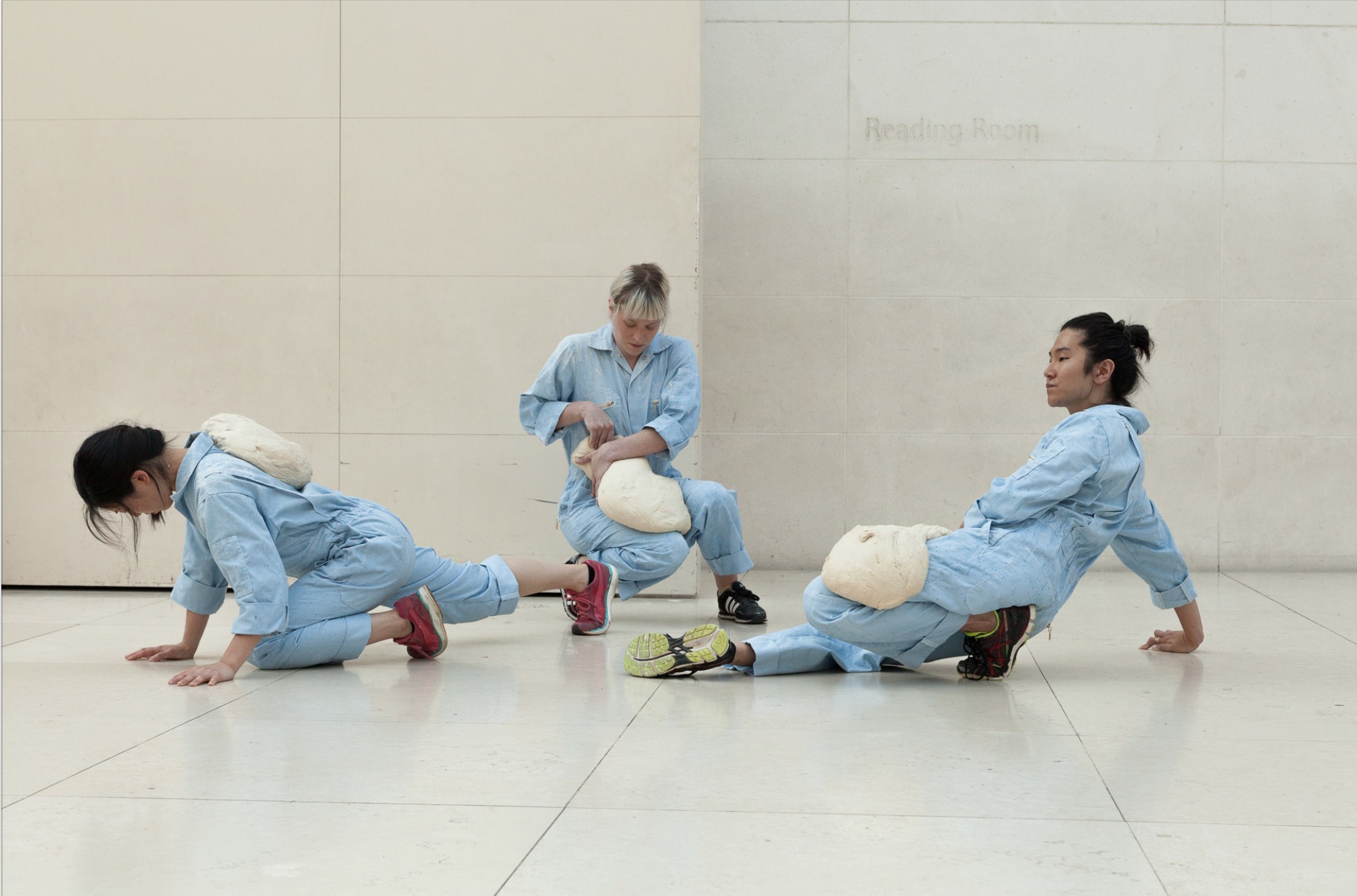With Instagram as a lens and brunch as a muse, many of today’s mobile-touting folk could be considered “food photographers.” The art of food photography, once limited to still life vignettes and cookbook pages, now permeates social media—a chance for the everyday consumer to match the luxury of de Heem or Cezanne.
Despite the popular “renaissance” of culinary shooting, a class of professional food photographers still exists. While amateur shooters snap the same shots of overhead plates, these artists experiment with special effects, wide angles and contrast editing to transform the place into a piece of art.
This week, we interview Jan Kornstaedt, a Hamburg-based photographer known for his high contrast, slightly grizzly photography of beef, pork and fish. His work, he points out, more often resembles fashion photography than it does an Instagram food hall of fame.
MOLD: Tell us about how you started in still life food photography. Why photography as a medium, and why food as a muse?
Jan Korstaedt: I started early looking very closely at things, the light, and took great pleasure out of it. Still do. It was just natural to continue this at the breakfast table-and photography was the right medium to capture it. I was never good at drawing.
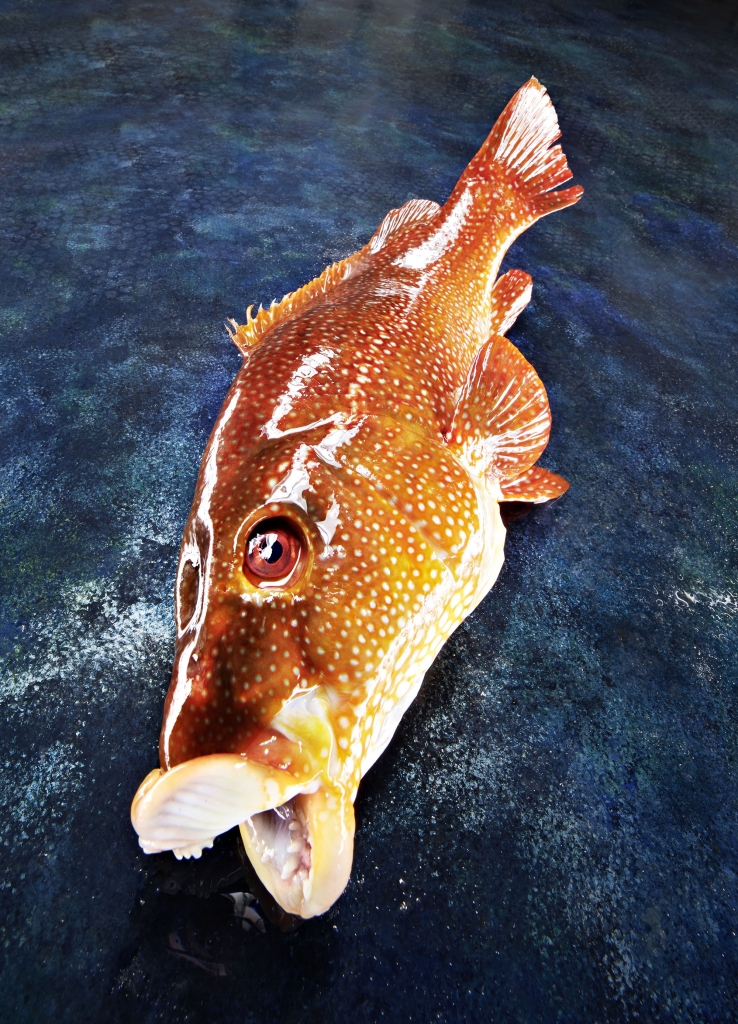 From Jan Kornstaedt’s Sea Monsters series
From Jan Kornstaedt’s Sea Monsters series
MOLD: Where do you draw inspiration for your compositions? How did you imagine the your Sea Monsters high-contrast series?
JK: The ‘sea monsters’ series was commissioned work for beef magazine. We wanted to show the beauty of the beast, as we usually only get to see the fillet on a plate. I then developed this special wide angle look and light concept to make them pop out of the page.
Generally, I draw inspiration from a lot of things: everyday observations, reading, exhibitions, talking to friends, visiting favorite places over and over again …
MOLD: Many of your shots suggest movement—spontaneous food explosions, meat seasoning. How do you go about making food photography dynamic?
JK: Setting up special effects is basically trial and error. I usually discuss, build and test special effects with my assistants, and I work with SFX companies too—it depends on the task. Sometimes the final image is just one shot, sometimes times it’s got to be composed out of several exposures. Sometimes nothing is actually moving—we’d rig bigger chunks and design the image to look like an explosion. It’s all about testing, control and repeatability. And extensive cleaning afterwards.
MOLD: Between sliced squid and melted chocolate horses, some of your photographs evoke different emotions than hunger. What do you feel is the role of food photography, outside of (or instead of) making food look appetizing?
JK: Everybody eats every day. It’s at the same time very common and individual. We never just eat, we always communicate at the same time who we are, where we come from, our emotional state of mind. Our preferences, wishes, memories. Joy, grief or aggression. Food photography as an art can tell us about all this—almost like sociology.
MOLD: What changes are you seeing in the food landscape? The art / design scenes? Are there any convergences?
JK: Food has become almost like fashion, every season new trends or hypes, foodies, lots of new zines, blogs, TV shows. A big canvas for new images.
MOLD: Tell us about some of your next ideas, inspirations and predictions for 2016.
JK: We are now shooting for a cookbook called “foodporn” that will be published in autumn this year. I’m thinking a lot about how to animate images for screen/moving stills and video, and I think we’ll see more classic one-shot, “real” unmanipulated photography again.
